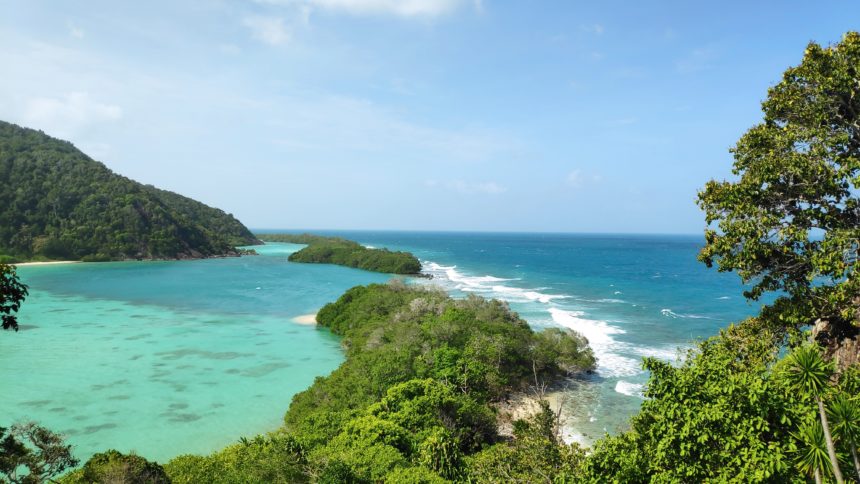Anambas Islands Regency is known as a tropical paradise due to its remarkable marine biodiversity. One primary biodiversity type in this region is the ecological diversity consisting of three tropical marine ecosystems: coral reefs, mangrove and seagrass.
The three ecosystems are connected to each other and have vital roles in increasing the fish population in the area and protecting aquatic and terrestrial environments of Anambas Islands. Below we break down each of the ecosystems and how they benefit the Anambas environment.
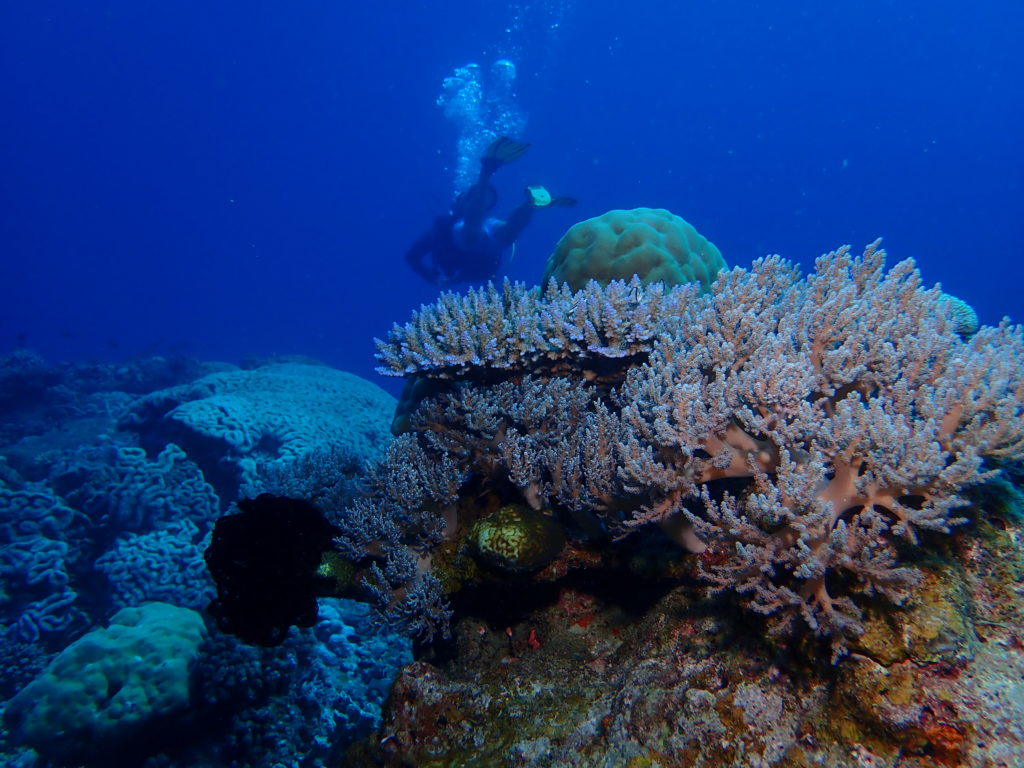
Coral Reef
More than a quarter of all the marine species make coral reefs their home even though this ecosystem only takes up about one-sixth of the world’s coastlines. One of the main reasons why they only cover just a tiny fraction of the earth’s surface is because they need specific environmental conditions in order to grow and develop.
In the Anambas Islands Water Park where coral reefs occupy 3.7ha of the ocean bottom, the most common reefs found here are fringing reefs, barrier reefs and atolls that surround the small islands. The percentage of coral cover — the proportion of reef surface covered by live stony coral—in this area is at 47.84% which is in the medium category.
Coral reef ecosystem offers economic values for the Anambas residents as they can earn money from sustainable fishing and marine tourism. A Marine Rap Assessment survey in 2012 found 339 coral species plus 27 unidentified coral species in the Anambas. What’s more, from other surveys conducted in 91 locations, 578 fish species have been identified with 240 of those species are coral reef fish in Bawah Island.
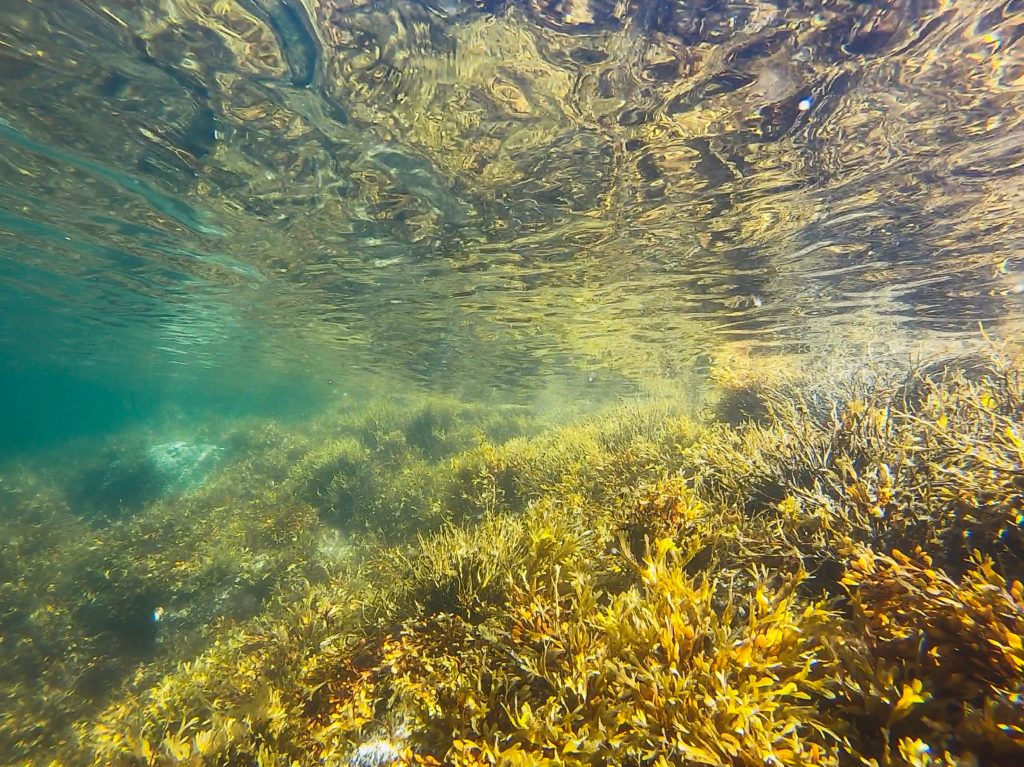
Seagrass
Seagrasses are flowering plants (angiosperms) that grow underwater and thrive in shallow waters and estuaries. They are so-named because of their green, grass-like leaves.
Even though they may look like seaweeds, seagrasses actually have a lot more in common with grasses, lilies and palms.
Their ideal place to live is in coastal areas with a depth of less than 5m during high tide, but there are certain species that survive living in depths of up to 90m.
A group of seagrasses from the same or different species is called a seagrass bed. The total area of seagrass beds in Anambas Islands Water Park is close to 63ha with the percentage of seagrass cover is around 24-53%.
Four seagrass species have been identified in the Anambas, they are: Enhalus acoroides, Halophila ovalis, Syringodium isoetifolium and Thalassia hemprichii. Out of the four of them the latter claims the largest area, this is due to the fact that Thalassia hemprichii has high adaptability to various kinds of aquatic environmental conditions.
Seagrass beds are an important nursery habitat and feeding ground for many different marine creatures like fish, mollusks, turtles and dugongs; according to the people of Anambas, baby napoleon wrasse are often found swimming in seagrass beds.
The seagrass ecosystem is also beneficial for the environment as they also act as carbon storage, sediment deposition and nutrient cycler.
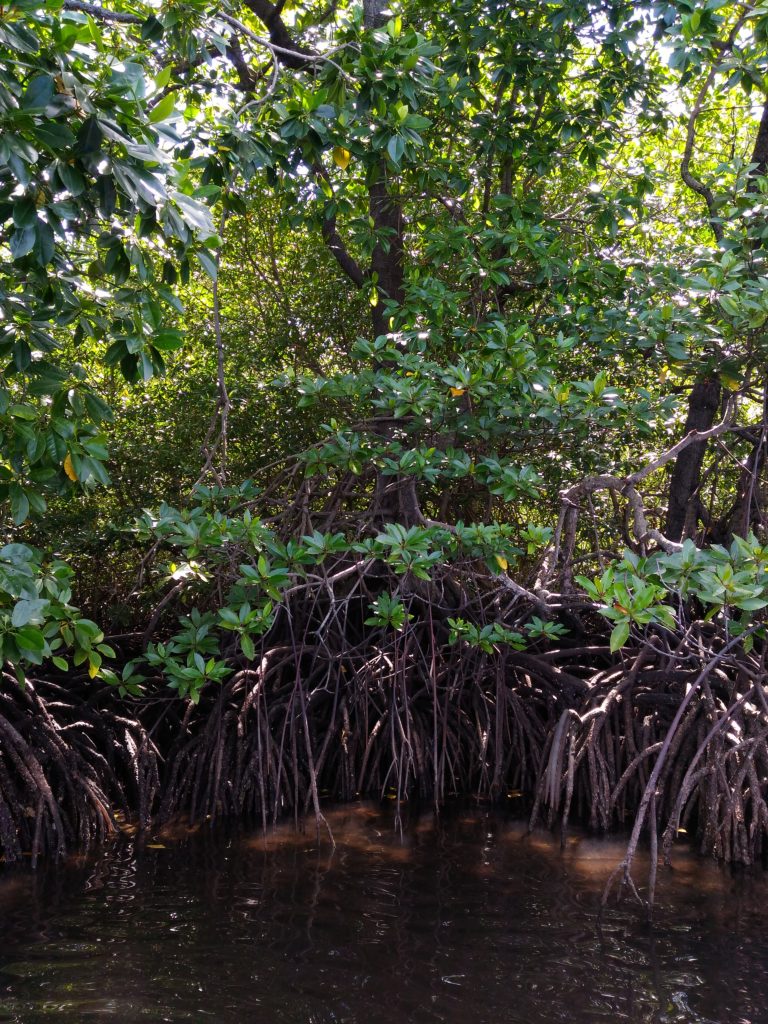
Mangroves
Mangroves adapt very well in the intertidal zone and harsh coastal conditions. They can withstand high temperature, high salinity, high sedimentation, extreme tides and oxygen-poor sediments.
A total area of 766.2ha in the Anambas Islands is occupied by mangroves with more than half of this area has medium mangrove density. Out of 25 mangrove species identified in Anambas, 10 of them belong to Rhizophora genus and the rest are plants that on mangrove margins like Pandanus (screwpine).
The presence of mangroves attracts sea creatures, making it easy for fishermen to catch fish. On top of that, their fruits can be processed into food and further utilized by the community.
References:
LOKA KPPN Pekanbaru
Mustika, P. L., Gunawan, T. & Erdmann, M. V. (eds) 2013, A Marine Rapid Assessment (MRAP) of the Anambas Islands Marine Tourism Park, 3-31 May 2012, Ministry of Marine Affairs and Fisheries, Indonesian Institute of Science (LIPI), the Government of Anambas Regency, The Nature Conservancy, Conservation International Indonesia, Denpasar.
https://ocean.si.edu/ocean-life/plants-algae/seagrass-and-seagrass-beds
https://oceana.org/marine-life/marine-science-and-ecosystems/seagrass-bed
